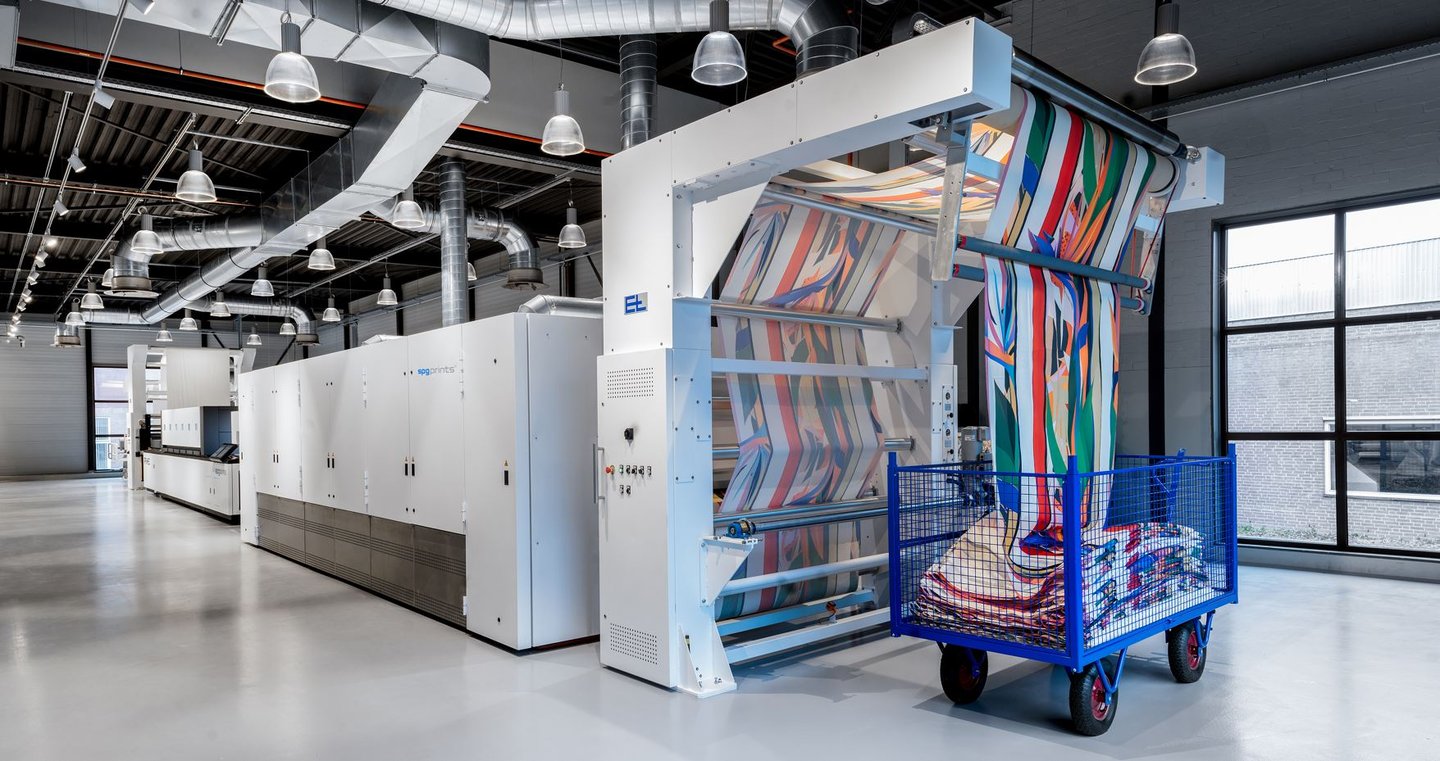The Best Guide To Digital Printing
The Best Guide To Digital Printing
Blog Article
Digital Printing for Beginners
Table of ContentsSome Ideas on Digital Printing You Should KnowSome Ideas on Digital Printing You Should Know9 Simple Techniques For Digital PrintingThe Best Guide To Digital PrintingGetting My Digital Printing To WorkAll about Digital PrintingThe Basic Principles Of Digital Printing How Digital Printing can Save You Time, Stress, and Money.
Personalization also allows businesses to stand apart in a crowded market by creating unique marketing products that differentiate them from their competitors. One of the major benefits of electronic printing is the capacity to publish variable data. Each printed piece can be distinct, allowing businesses to create personalized advertising and marketing products that speak directly to their target audience.Digital printing additionally enables personalization in the design of marketing materials. With electronic printing, services can create layouts that are special and tailored to their details demands. This can include tailored graphics, font styles, and designs that can help to distinguish them from their competitors. An additional advantage of electronic printing is the capability to print as needed.
Some Known Questions About Digital Printing.
By printing smaller quantities of advertising and marketing materials, companies can decrease waste and prevent the need for excess inventory. Digital printing is likewise flexible.
By using different products and styles, services can produce one-of-a-kind advertising materials that stand apart from their competitors and bring in interest from their target audience. Digital printing likewise provides consistency. With standard printing approaches, there is commonly variation in between prints as a result of differences in ink coverage, stress, and various other aspects.
This uniformity can aid develop client count on and integrity, revealing that business is dedicated to providing high-quality products. Uniformity is specifically vital for organizations that want to construct consumer depend on and reliability. By ensuring that every print corresponds, companies can show that they are committed to providing premium products and paying attention to the details.
See This Report on Digital Printing

Additionally, digital printing produces much less waste since it can publish on demand and in smaller sized amounts, lowering the requirement for excess inventory and products. Digital printing additionally makes use of much less power compared to standard printing techniques. Digital printers do not call for as much power to run, as they do not require to heat up as much or utilize as much power to run.
Digital Printing - The Facts

Offset printing needs a plate for each shade published. Traditional countered printing is a print method that uses light weight aluminum plates to move ink onto a rubber sheet (typically referred to as a "blanket").
Some Known Incorrect Statements About Digital Printing
Balanced out printing enables for a broad range of print products to be used throughout manufacturing. The top notch pictures produced via offset printing make it the favored method, specifically among visuals developers, when seeking the best color recreation, information, and professional-looking prints.
The essential printing approach stays offset. For electronic inkjet printing, ink is transferred straight onto the surface. Instead than depending on aluminum plates and rubber coverings to transfer a photo, digital printing makes use of liquid ink throughout manufacturing. Standard home inkjet printers are just one of the most usual digital printing techniques.
What Does Digital Printing Do?
Much better color fidelity refers to both the accuracy of the shades and their balance in the design. Because balanced out printing can blend custom color inks for each task, it will naturally get the shades spot-on. Functions look these up equally well on practically any type of material. Reliable, exceptional picture top quality. Trust countered printing for tidy, distinctive types and photos without streaks or spots.
It sets you back a whole lot to begin a countered task. You have to invest money into developing home plates, which takes some time. As soon as you have actually invested it, all of the products are prepared to go, and you'll spend less on large balanced out jobs than an electronic print, which is concerning the exact same per piece no issue how large the task obtains.
Digital printing is less costly for low-volume tasks. The cost per system drops for electronic printing, so at some point, they crisscross. Transforming details within a solitary print job.
Digital Printing - Questions
While digital printing or inkjet printing is the preferred option in the present times, there are engaging factors to transform from countered to digital printing systems. When publishing countered or digitally, essential decisions and procedures are involved in shade matching.
Industrial inkjet printing offers versatility for printing on lots of different substrates. try this website Digital printing is ideal for customers who do not need longer runs and warehousing materials.

One benefit of digital printing is selecting from a variety of electronic substratums. With offset printing, substrates comprise, generally, 30% of the expense of the work. With electronic printing, the cost of the substrate in the total work is small. This enables even more choices than ever, which's excellent for marketing professionals and services.
Not known Factual Statements About Digital Printing
Tools expenses in inkjet printing are much lower than offset printing as there are no plate-making, plates, and press expenses. Past the funding cost, the prepress equipment and printing Read Full Article presses require very skilled operators in balanced out printing, which adds labor costs.
Report this page